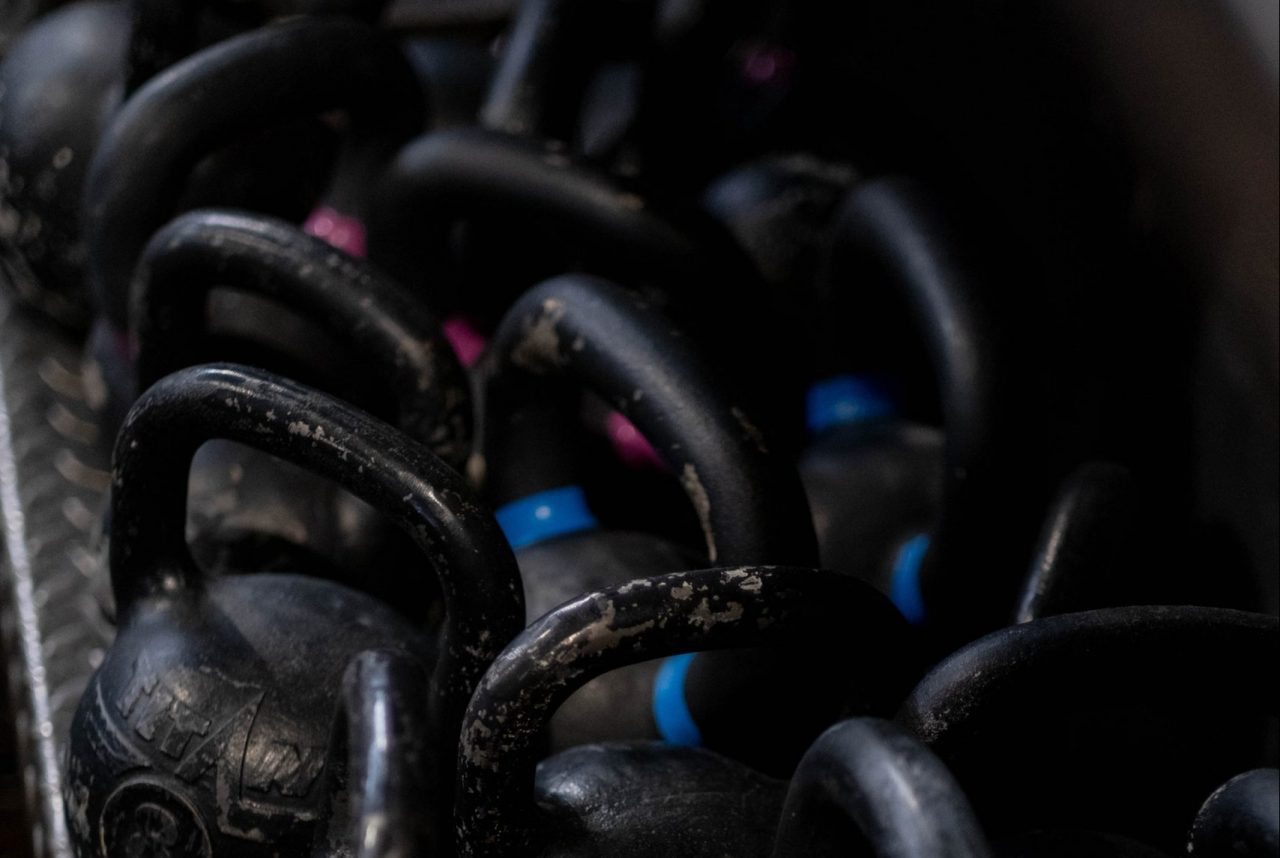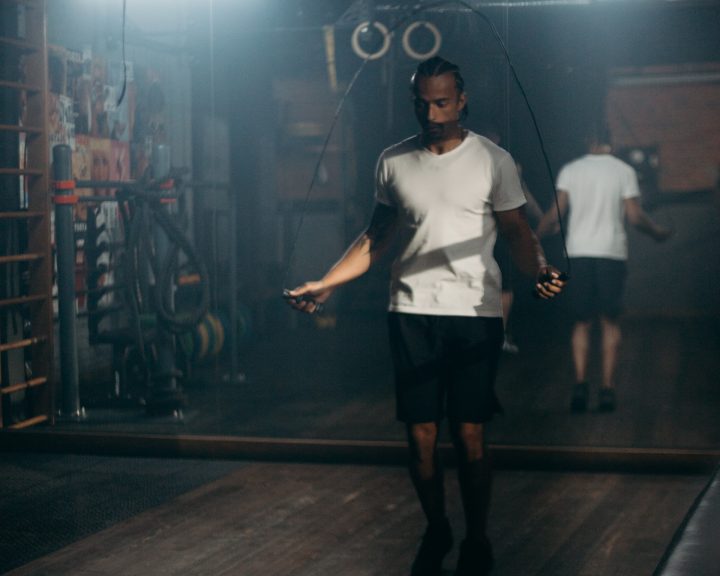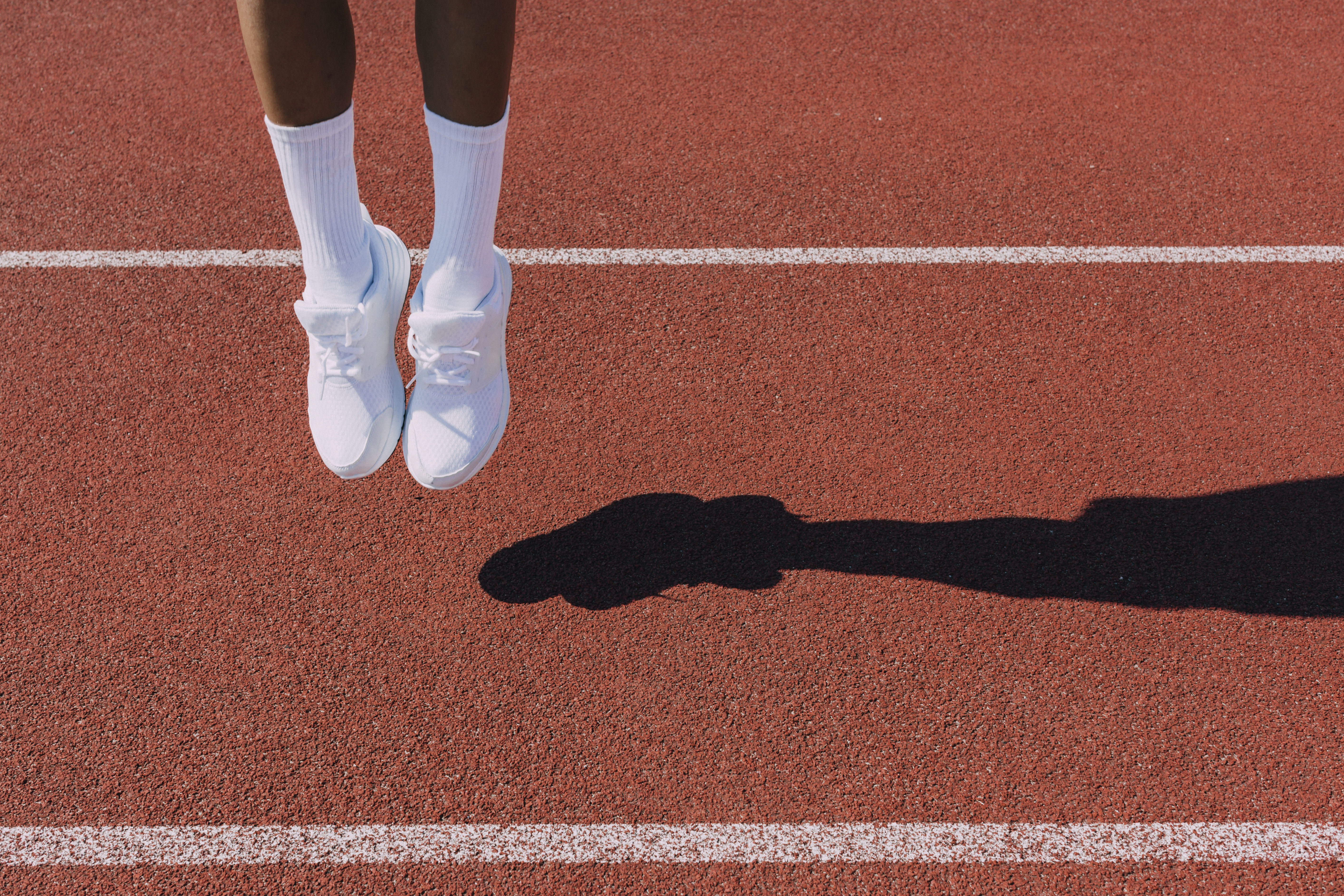One of the concerns that people have with the concept of periodization is that the training of athletes is a lot different than it was in the 1950’s and 1960’s. One of the big changes is that training volume and training intensity are greater than they used to be. This was expressed well in an article translated in Soviet Sports Review in 1979, titled “Don’t be afraid of heavy loads.”
In this article, the author is documenting how the training loads (and the ages of the athletes) have already markedly changed by 1978. The author notes that:
• Lightheavyweight Olympic lifters are lifting weights greater than the superheavyweights of years ago
• Soccer players are covering twice the distances in a match that they used to
• Long distance runners are covering twice the annual training distance that they used to
• The average age of elite athletes are younger than they used to be
The author feels that modern (modern as of 1978) heavy training loads are essential to modern sporting success. He feels these can be safely used if four principles are observed:
1. The athlete needs to be free of chronic health problems. The author uses a lot of pseudo-science here, but the fundamental point is that if an athlete has a compromised immune system, they won’t be able to recover for the rigors of training.
2. A methodic approach to training is key. Training should be individualized; taking into account the athlete’s age, physical preparedness, and periodization of training.
3. Lifestyle and recovery regimens have to be in synch for success. This is an interesting point in this article. Athletes (according to the author) need to be avoiding tobacco and alcohol. The author’s point is that the system has a limited ability to recover, so if it’s recovering from tobacco and alcohol this impairs is ability to effectively recover from training (this also relates back to having a compromised immune system). The author also discusses employing recovery methods like massage, cold water baths etc. to help with the recovery process.
4. The athlete needs to be monitored constantly. This is referring to detecting and preventing overtraining.
For me this is an interesting article because almost forty years ago authors were already concerned about the challenges that we have today: namely that athletes are getting younger, specializing earlier, there is less off-season than there used to be, and training loads/volumes are increasing. The author acknowledges these changes and essentially says that these changes are necessary to compete at the highest levels today. With that in mind, the author presents a number of important principles to help athletes thrive under these conditions. Now, I’m heavily paraphrasing these principles, but they are all pretty sound even today. The only principles that I’d add is a need to base the athlete’s training on their biology (i.e. how does training impact them, how do they recover from training, etc.).
Belakovsky, O.M. (1978). Don’t be afraid of heavy loads. Sportivnaya Zhizn’ Rossii, 11:28-29. Translated in Soviet Sports Review, 14(2): 98-100, 1979.




